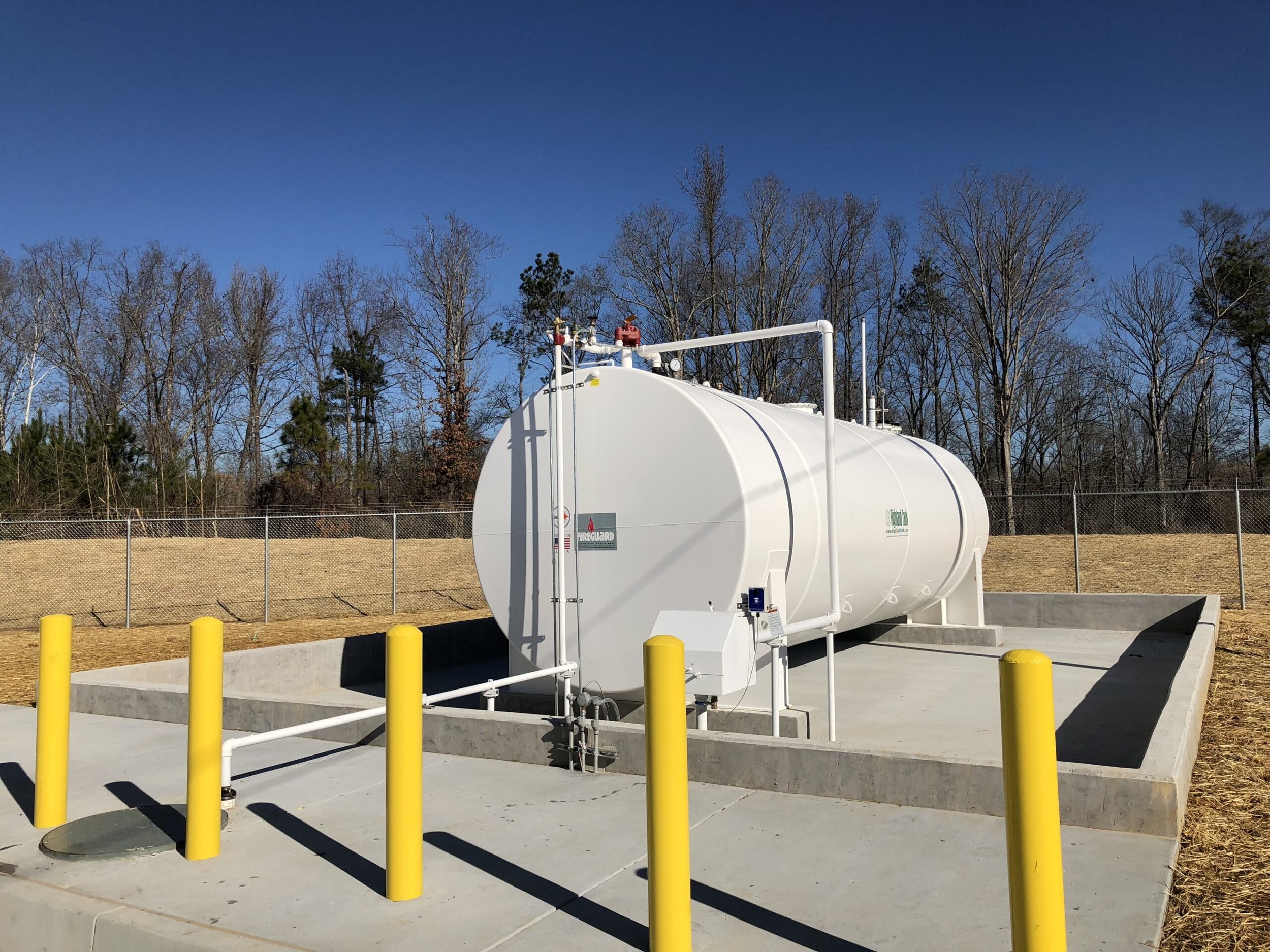
Tank Cleaning
Initial Assessment:
Visual Inspection: Before starting any cleaning process, the fuel tank is visually inspected for signs of contamination, sediment buildup, water accumulation, and corrosion.
Sampling: Representative fuel samples will be collected to analyze the level of contamination and determine the appropriate cleaning methods, upon collection these samples can be sent to multiple labs depending on the customer’s needs
Preparation:
Appropriate fuel levels: The fuel tank will need to have fuel in it, the amount is unique to each customer and their specific needs
Accessibility: Gaining access to the tank is key to a successful clean
Physical Cleaning Methods:
Manual Cleaning: Depending on the level of contamination, manual cleaning techniques may be used. This could involve physically scrubbing the tank interior to remove sludge, rust, or other deposits.
High-Pressure Washing: Some tanks are cleaned using high-pressure or solvent jets to dislodge and remove stubborn debris and contaminants.
Chemical Cleaning:
Solvents and Cleaners: Chemical agents or solvents may be introduced into the tank to dissolve sludge and contaminants that are difficult to remove by physical means alone.
Fuel Polishing:
Filtration: Fuel polishing systems are employed to filter the fuel as it is returned to the tank after cleaning. These systems typically include various stages of filtration to remove particles, water, and other contaminants.
Separation: Water separators are part of our fuel polishing system to remove water.
Final Inspection and Testing:
Visual Inspection: After cleaning, the tank is inspected, and a final sample is taken to ensure both the tank and fuel are clean
Quality Testing: Ending fuel samples may be lab tested if the customer so chooses
Preventive Measures:
Regular Maintenance: Implementing a schedule for regular tank inspections and cleanings helps prevent the accumulation of contaminants and ensures ongoing fuel quality.
Cleaning a fuel tank is a detailed process that requires careful planning, appropriate equipment, and adherence to safety procedures to ensure effective removal of contaminants and preservation of fuel quality. Properly cleaned tanks contribute to the longevity and reliability of engines and equipment that rely on stored fuel.